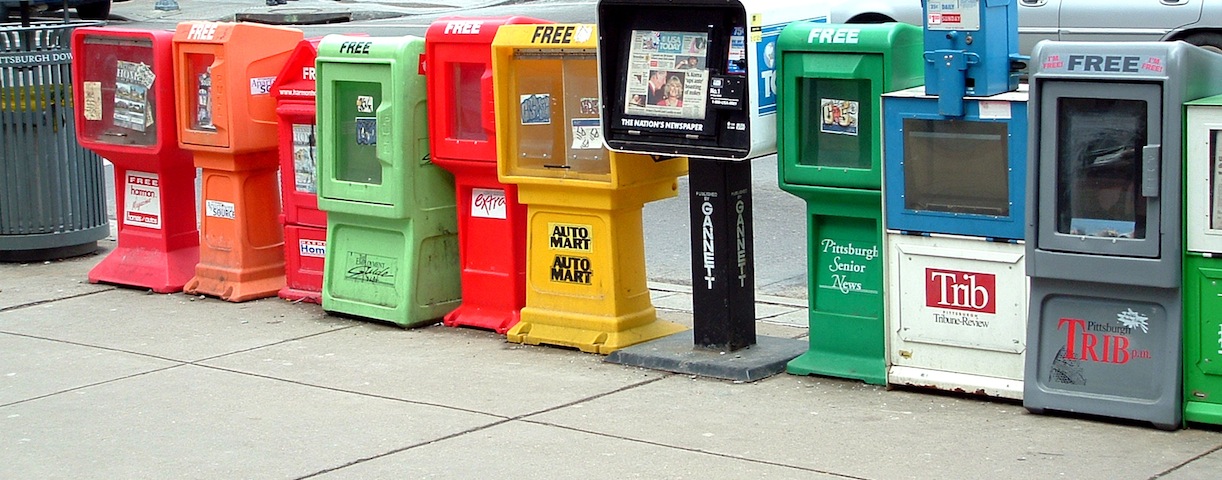ABC Radio National’s Background Briefing has a terrific story on the struggles of the Fairfax newspaper empire during the early days of the Internet.
One of the major themes that jumps out is how Fairfax, like many media and retail organisations, squandered the opportunity presented by the tech wreck.
The tech wreck was an opportunity for incumbents to claim their spaces in the online world, instead they saw the failure of many of the dot com boom’s over-hyped online businesses as vindication of their view the Internet was all hype.
As former Sydney Morning Herald editor Peter Fray said “In florid moments you could even think this internet webby thing would go away”.
For Fairfax the profits from the traditional print based business were compelling. According to Greg Hywood the current CEO, for every dollar earned by the company, 70c were profits – a profit margin of 233%.
The Internet threatened those “rivers of gold” and media companies, understandably, did nothing to jeopardise those returns.
Another problem for Fairfax was the massive investment in digital printing presses in the 1990s. These behemoths revolutionised the way newspapers were printed as pages could be laid out on computer screens and sent directly from the newsroom to the press itself which printed out pages in glorious colour rather than with smudgy black and white images.
Moreover these machines were fantastic for printing glossy coloured supplements and the advertising revenue from those high end inserts kept the dollars rolling in.
When the tech wreck happened, the massive investments in printing presses were vindicated as the rivers of gold continued to flow while the smart Internet kids went broke.
Fairfax’s management weren’t alone in this hubris – most media companies around the world made the same missteps while retail companies continued to build stores catering for the last echos of the 20th Century consumer boom.
In 2008, the hubris caught up with the retailers and newspapers. As the great credit boom came to an end, the wheels fell off the established business models and the cost of not experimenting with online models is costing them dearly.
Value still lies in those mastheads though as more people are reading Fairfax’s publications than ever before.
Readers still want to read these publications, one loyal reader is quoted in the story that Sydney Morning Herald should aspire to “being a serious international paper.”
That isn’t going to happen while management is focused on cutting costs to their core business instead of focusing on new revenue streams.
Somebody will find that model, had the incumbent retail and media organisations explored and invested in online businesses a decade ago they may well have found that secret sauce.
Now many of them won’t survive with their horse and buggy ways of doing business.

Leave a Reply